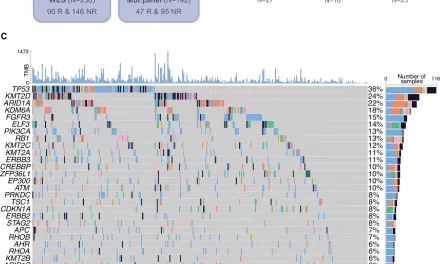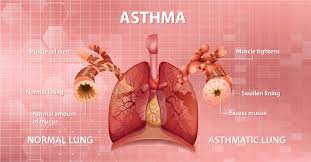WASHINGTON D.C. – A debate is brewing over the nutritional guidelines for school meals, as federal lawmakers and health experts push to reintroduce whole milk to school cafeterias. This move comes more than a decade after the Obama-era Healthy, Hunger-Free Kids Act mandated skim and low-fat milk, aiming to combat childhood obesity.
A U.S. Senate committee recently held a hearing on a bipartisan bill that would allow schools to offer whole and 2% milk alongside skim and low-fat options. Sen. John Fetterman (D-PA), a co-sponsor of the legislation, stated, “Kids need wholesome, nourishing food to grow strong and stay healthy, and whole milk is packed with the nutrients they need.”
The current guidelines, set by the U.S. Department of Agriculture (USDA), align with the federal Dietary Guidelines for Americans, which have recommended low-fat or fat-free dairy since 1985. These guidelines aimed to reduce children’s consumption of saturated fat and calories, linked to increased risks of heart disease and obesity.
However, critics argue that whole milk has been unfairly demonized. Some studies suggest that children who consume whole milk are less likely to be obese. Furthermore, proponents argue that many children find low-fat milk unpalatable, leading to decreased consumption and potential nutrient deficiencies.
Health Secretary Robert F. Kennedy Jr. has labeled the low-fat milk requirement as “antiquated” and advocated for the inclusion of “full fat/whole milk” in Head Start programs.
The debate centers on recent research indicating potential benefits of whole milk consumption. A 2020 review of 28 studies suggested a 40% lower risk of overweight or obesity in children who consumed whole milk compared to those who consumed low-fat milk. However, researchers acknowledged that this correlation does not prove causation.
Dr. Dariush Mozaffarian of Tufts University pointed out that the dietary guidelines panel found “no evidence that whole fat dairy is worse than low-fat dairy,” but maintained the current recommendations, citing the need for further research. He also argued that the saturated fat in dairy has a different composition than that in beef fat and that dairy contains beneficial compounds.
Dairy industry advocates also highlight a decline in school meal program participation and milk consumption since the removal of whole milk.
The USDA and the Department of Health and Human Services (HHS) are currently revising the 2025-2030 dietary guidelines. Agriculture Secretary Brooke Rollins and Kennedy have indicated a thorough review of the scientific report, but the outcome regarding whole milk remains uncertain.
The “Whole Milk for Healthy Kids Act” is currently pending in both chambers of Congress.
Disclaimer: This news article is based on currently available information and ongoing discussions. Scientific research on the health effects of whole milk is still evolving. Consult with a healthcare professional or registered dietitian for personalized dietary advice. The USDA and HHS are responsible for the federal dietary guidelines. This article does not provide medical or dietary advice.












